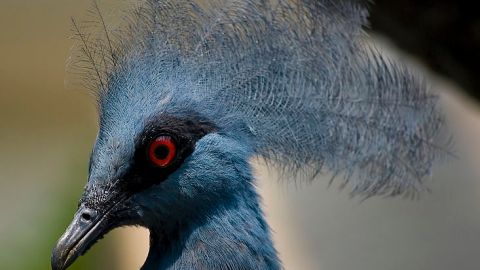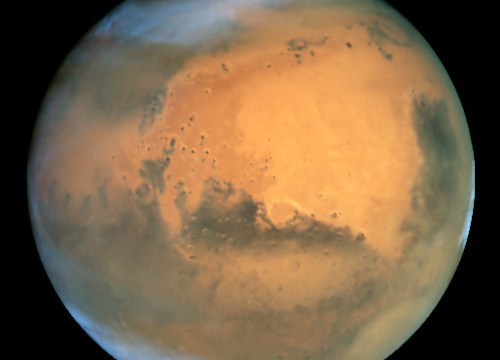1,000 New Species Found in New Guinea

What’s the Latest Development?
The world’s second largest island, New Guinea also houses the third-largest tract of uninterrupted rainforest, after the Amazon and Congo. For these reasons, the island claims some of the most impressive biological diversity on the planet and discoveries of new species are ongoing. “‘If you look at New Guinea in terms of biological diversity, it is much more like a continent than an island,’ said Neil Stronach, W.W.F. Western Melanesia’s program representative. In total during the 10-year period, researchers discovered 580 invertebrates, 218 plants, 134 amphibians, 71 fish, 43 reptiles, 12 mammals and two birds.”
What’s the Big Idea?
The W.W.F. says that researchers have unearthed unparalleled numbers of new species in New Guinea, the Amazon and Congo during the last decade. But the rain forests that shelter Earth’s magnificent diversity of life are quickly being reduced to stumps. “‘Despite its remote location, New Guinea’s natural habitats are being lost at an alarming rate. The island’s forests are facing serious threats including logging, mining, wildlife trade and conversion to agriculture, particularly oil palm,’ said Eric Verheij, W.W.F. Western Melanesia’s conservation director.”




